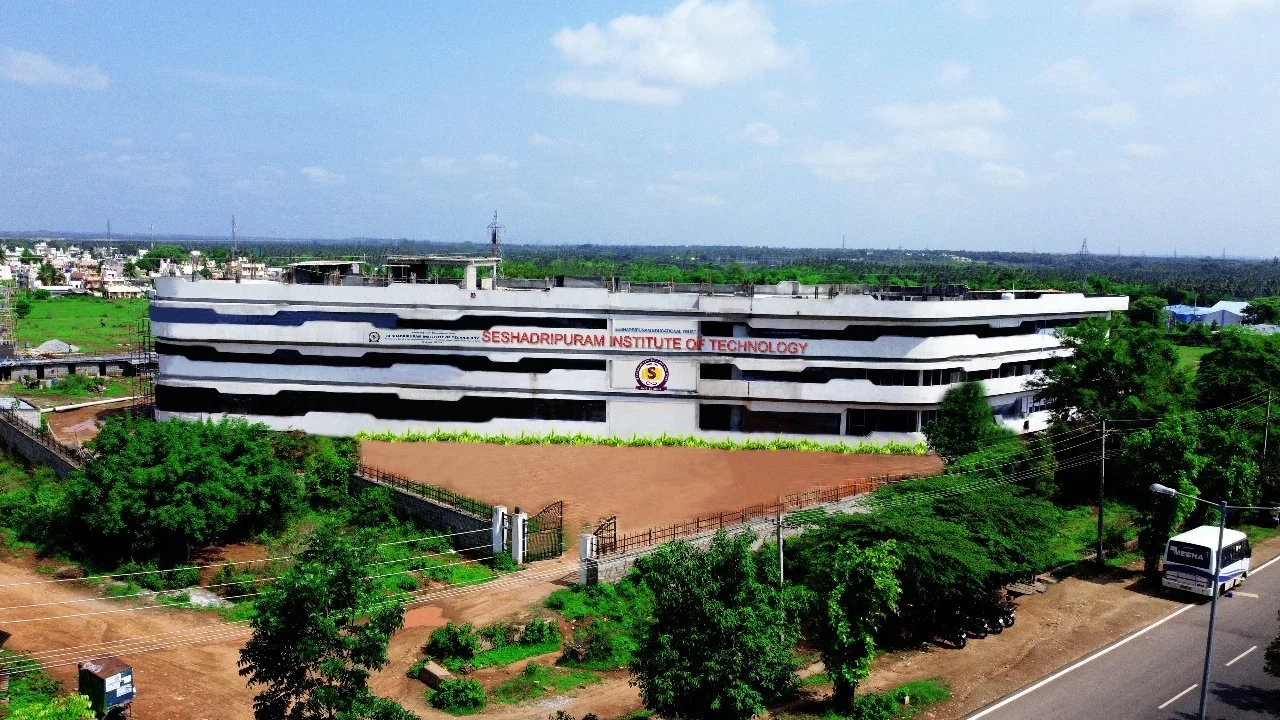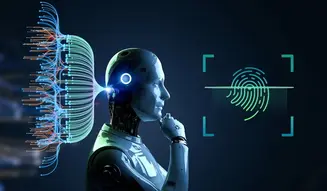Curriculum
Seshadripuram Institute of Technology being affiliated to Visvesvaraya Technological University, Belagavi, the institution follows VTU prescribed syllabus. As of now AI & ML, CSE, ISE comes under Computer Science Stream. EEE comes under Electrical & Electronics Stream and ME comes under Mechanical Stream. The first-year syllabus is distributed Cycle wise. The total number of credits to earned for B.E. is 160 at the end of four years. The progress in every semester is measure by Semester Grade Point Average (SGPA) and at the end of the program the student needs to earn Cumulative Grade Point Average (CGPA) of 160. It is essential that a student should achieve minimum of 8 SGPA to get a good degree. The evaluation is done through Formative assessment comprising of Tests, Assignments, Quizzes, Course specific Projects, Field work, Seminars, Internships etc., this is termed as Continuous Internal Assessment (CIE). At the end of the semester Summative Assessment called Semester End Examination (SEE) is conducted by the University.
Outcome Based Education
The Visvesvaraya Technological University expects every institution to adopt outcome-based education and the syllabus is accordingly formulated. Outcome based education assesses knowledge, skill and behaviour a graduate is expected to attain upon completion of a degree program. It just does not value the final marks/ grades of a student, but it evaluates the learning ability of a student throughout the semesters. Every engineering graduate must attain certain attributes that is expected of him when he/she gets into professional career. Hence, it is the responsibility of the institutions, faculty and students themselves to attain these attributes and show the program outcomes (POs) at the workplace. On successful completion of the B.E. degree, engineering graduates will be able to acquire the following knowledge and skills:
-
01
Engineering knowledge
Apply the knowledge of mathematics, science, engineering fundamentals, and an engineering specialization to the solution of complex engineering problems.
-
02
Problem analysis
Identify, formulate, review research literature, and analyse complex engineering problems reaching substantiated conclusions using first principles of mathematics, natural sciences, and engineering sciences.
-
03
Design/development of solutions
Design solutions for complex engineering problems and design system components or processes that meet the specified needs with appropriate consideration for the public health and safety, and the cultural, societal, and environmental considerations.
-
04
Conduct investigations of complex problems
Use research-based knowledge and research methods including design of experiments, analysis and interpretation of data, and synthesis of the information to provide valid conclusions.
-
05
Modern tool usage
Create, select, and apply appropriate techniques, resources, and modern engineering and IT tools including prediction and modelling to complex engineering activities with an understanding of the limitations.
-
06
The engineer and society
Apply reasoning informed by the contextual knowledge to assess societal, health, safety, legal and cultural issues and the consequent responsibilities relevant to the professional engineering practice.
-
07
Environment and sustainability
Understand the impact of the professional engineering solutions in societal and environmental contexts, and demonstrate the knowledge of, and need for sustainable development.
-
08
Ethics
Apply ethical principles and commit to professional ethics and responsibilities and norms of the engineering practice.
-
09
Individual and teamwork
Function effectively as an individual, and as a member or leader in diverse teams, and in multidisciplinary settings.
-
10
Communication
Communicate effectively on complex engineering activities with the engineering community and with society at large, such as, being able to comprehend and write effective reports and design documentation, make effective presentations, and give and receive clear instructions.
-
11
Project management and finance
Demonstrate knowledge and understanding of the engineering and management principles and apply these to one’s own work, as a member and leader in a team, to manage projects and in multidisciplinary environments.
-
12
Life-long learning
Recognize the need for, and have the preparation and ability to engage in independent and life-long learning in the broadest context of technological change.




